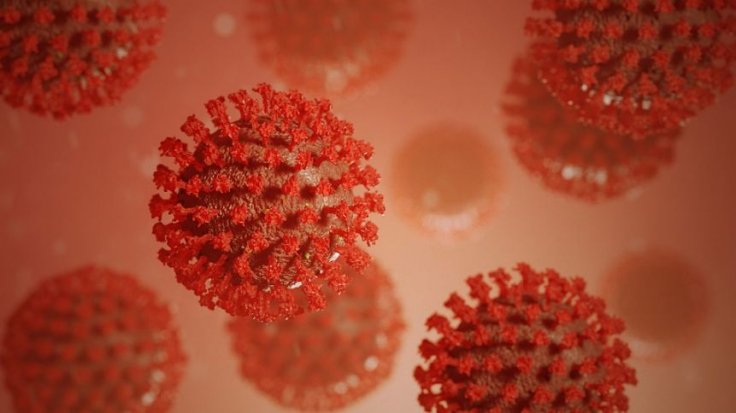A significant number of deaths among COVID-19 patients have been a result of respiratory failure. However, a new discovery made through the study of their lungs may soon prevent patients struggling with novel coronavirus-caused respiratory sickness from succumbing to it.
According to the study by researchers from Umeå University, Sweden, a jelly is formed in the lungs of patients who die of severe COVID-19. This may potentially play a crucial role in the development of effective therapies against the disease.
"There are already therapies that either slow down the body's production of this jelly or breaks down the jelly through an enzyme. Our findings can also explain why cortisone seems to have an effect on COVID-19," said Urban Hellman, corresponding author of the study, in a statement.
A 'Mysterious' Jelly
White patches have been observed in the lungs of patients critically ill due to the infection caused by the SARS-CoV-2 virus during lung scans. Also, autopsies conducted on several individuals who died of COVID-19 have revealed that a clear liquid jelly had filled their lungs (which resembled that of those who had drowned). The origin of the jelly had remained unknown previously.

However, through the efforts of the researchers involved in the study, it has been learnt that the jelly comprises of a substance known as hyaluronan—a polysaccharide that is found in connective, neural, and epithelial tissues. Its presence in the human body is normal and performs various functions.
Nevertheless, its role in connective tissues is a characteristic one. Hyaluronan is also actively involved in the early stages of a wound's healing. In the beauty industry, synthetically produced hyaluronan is used in anti-wrinkle and lip augmentation treatments.
The jelly-like substance is formed due to hyaluronan's ability to bind large quantities of water within its structure. Unfortunately, it is this process that results in adverse effects within the alveoli of the lungs of COVID-19 patients. This leads to the requirement of ventilator care, and in adverse cases, death due to respiratory failure.
Dealing With the Jelly In the Lungs

As of now, a drug known as Hymecromone is utilized for slowing down the production of hyaluronan in the case of other illnesses such as gallbladder attacks. However, an enzyme that can break hyaluronan down effectively exists. In the event of a botched or unsuccessful beauty treatment, the enzyme is used for its abrupt termination.
Cortisone—a class of synthetic steroids—can also reduce the production of hyaluronan. According to the preliminary data from a British study, treatment using the cortisone drug, Dexamethasone, in acutely ill COVID-19 patients, showed positive results.
"It has previously been assumed that the promising preliminary results would be linked to the general anti-inflammatory properties of cortisone, but in addition to those beliefs, cortisone may also reduce the production of hyaluronan, which may reduce the amount of jelly in the lungs," concluded Hellman.









